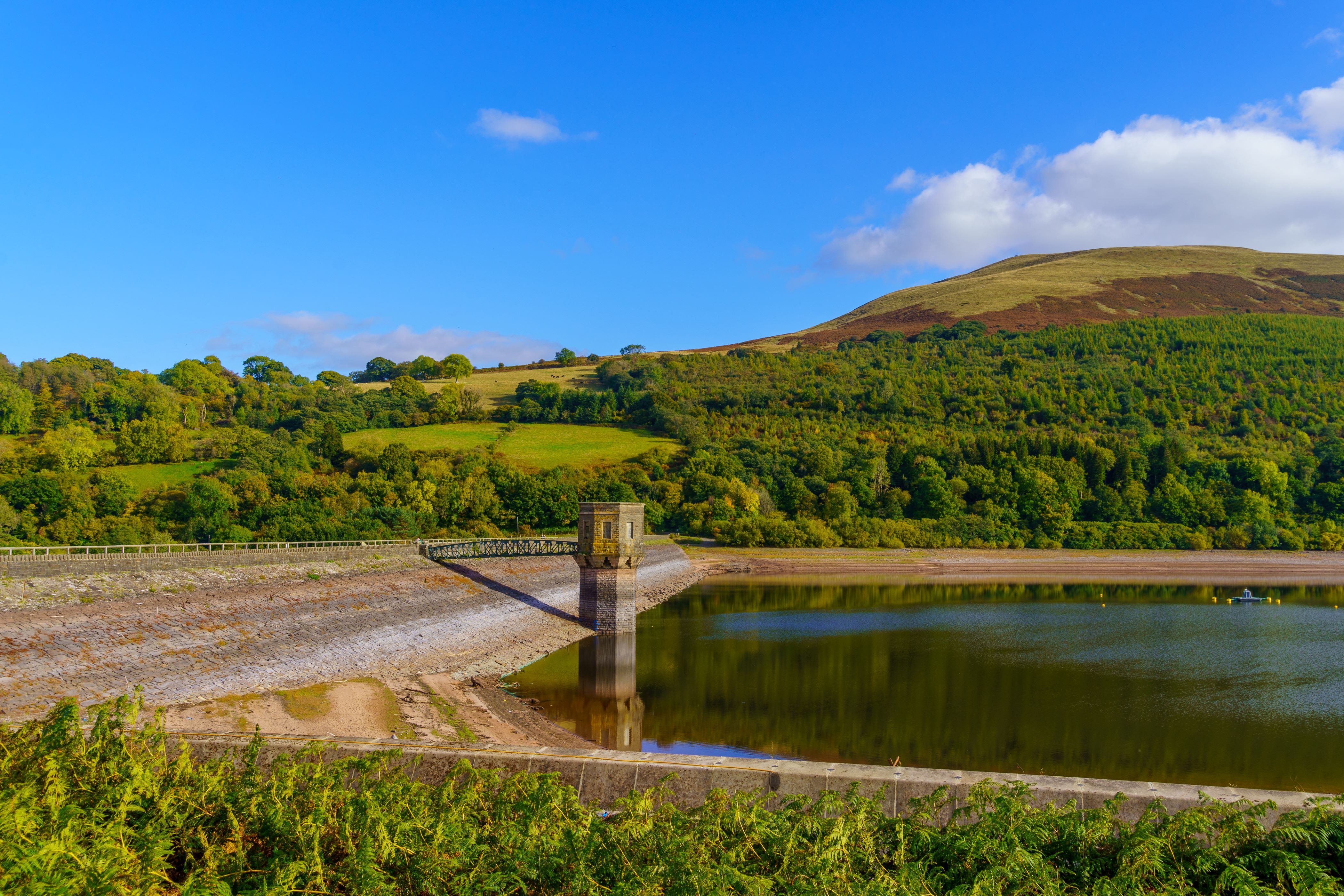
A recent independent review of the regulation of England’s reservoirs considered whether the regulation of reservoirs remains effective and robust in securing ongoing safety and concluded that a programme of reform was required. We caught up with one of our senior associates, Rosie Theaker based at our Doncaster office, to find out more about what implications these reforms meant for reservoir owners and what they need to do to ascertain whether theirs is affected.
Any large, raised body of water including dams, millponds and ornamental lakes is defined as a reservoir under The Reservoirs Act 1975. Large reservoirs are identified as those with an above-ground capacity greater than 25,000 cubic metres and they are required to be registered with the Environment Agency. This threshold relates to the total volume the structure can store, rather than the actual fill level of a structure.
Both the 1975 Act and the Floods and Water Management Act 2010 aim to prevent uncontrolled releases of water from reservoirs, protect the public and reduce the risk to human life and of widespread flooding.
The essential features of the 1975 Act have not changed much from the Reservoirs (Safety Provisions) Act 1930 (the 1930 Act), which was introduced following the failure of certain reservoirs in the 1920s. There has been no loss of life through reservoir failure since the legislation was first introduced, however, there have been several near-miss incidents where lives could have been lost if the reservoir had failed.
What is changing: Reservoir Safety Reform Programme
The programme is being delivered by the Department for Environment, Food and Rural Affairs (DEFRA) and the Environment Agency (EA) and will be phased over several years with reforms being implemented through a combination of guidance, new primary legislation and secondary legislation aimed at modernising the Reservoirs Act 1975. Reforms being considered include:
Hazard classification and risk assessment
Currently, the legislation doesn’t encompass a modern risk-based approach and the new classification will replace the current ‘high risk’ or ‘not high-risk’ classification in the Reservoirs Act 1975 to enable a better risk-based and proportionate approach to regulation.
It is anticipated that as part of this reform, small, raised reservoirs which currently fall outside the scope for registration will also be captured. The Reservoirs Act 1975 was previously amended by the 2010 Act to enable these reservoirs into regulation, but this change has not yet been brought into force in England. (The definition of a small, raised reservoir is that with a capacity of between 10,000m3 and 25,000m3).
Improving the supply of engineers
The role and responsibilities of supervising and inspecting engineers, along with that of engineer panels, will be adjusted and made clearer. It is anticipated that the sustainability of reservoir engineering as a profession will be improved.
New reporting system for incident recording
The EA is updating the incident reporting system which will also allow for reporting of ‘near miss’ incidents which will generate more data which can be analysed and shared to help identify common themes.
Updating the approach to regulation and enforcement
This reform will see the EA take on a larger regulatory role and ensure that involvement is proportionate to the risk involved on a case-by-case basis.
As part of this regulatory role, the reform will develop and consult on a range of civil sanctions for enforcement depending on the owner, reservoir, risk, and offence.
There are recommendations regarding reporting processes and the provision of documentation relating to regulation.
How will this affect me?
The EA plans to hold a written public consultation towards the end of the year to gather thoughts and opinions on how reforms will be delivered.
DEFRA has also launched a survey on small, raised reservoirs across England. Participation is voluntary and the intention is to aid identification of those reservoirs which are not captured by the current legislation.
The current legislation for the regulation of reservoirs in England remains largely unaltered since 1975 and therefore is not aligned with modern safety management practices. The increase of more extreme climatic events is also increasing pressure on an often-aged reservoir infrastructure and therefore it is anticipated that however the reforms are introduced, they will have an impact on how reservoirs are managed going forward.
Find out more about reservoir safety here.
Click here to find out more about our rural property management consultancy services.





